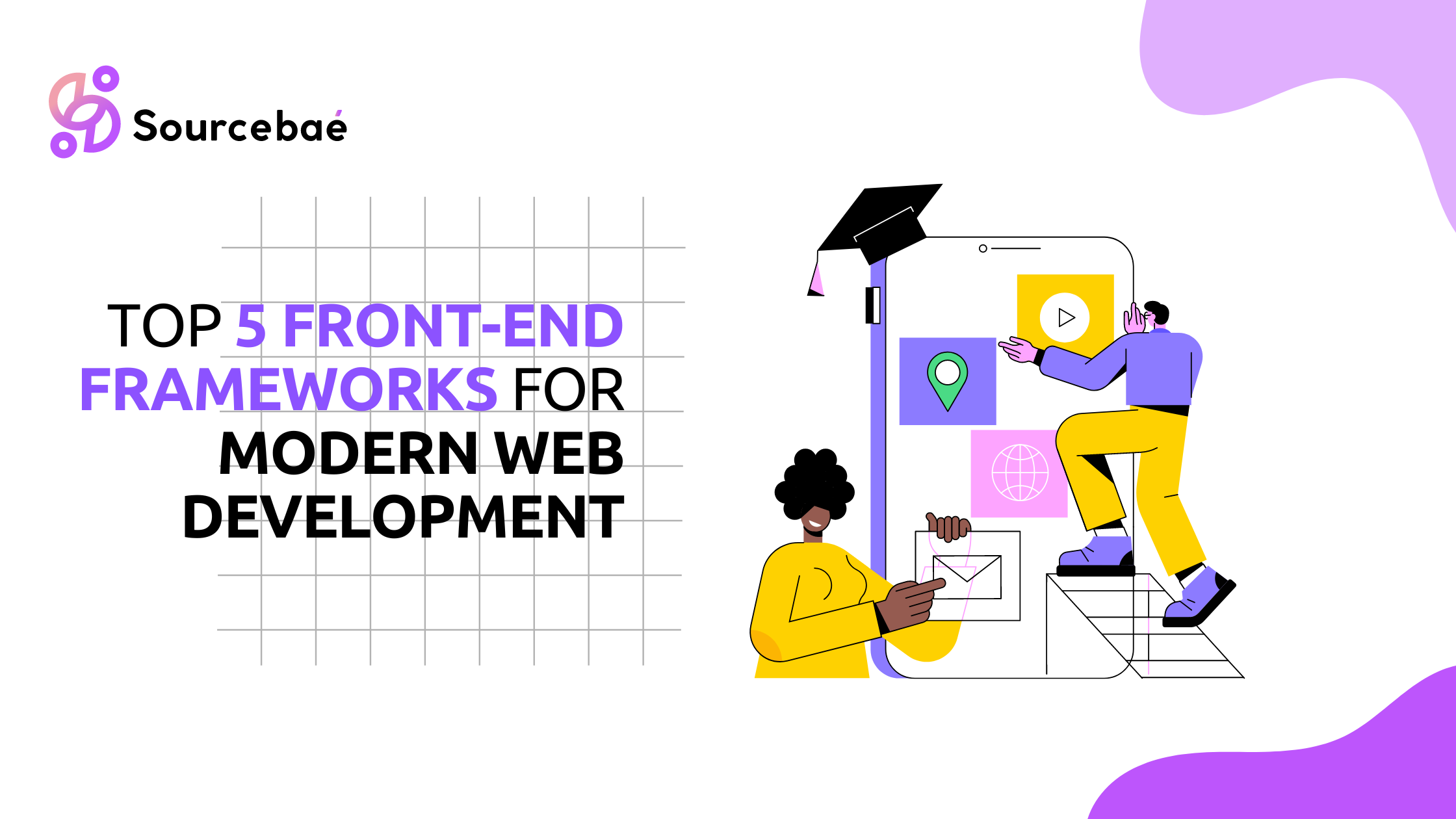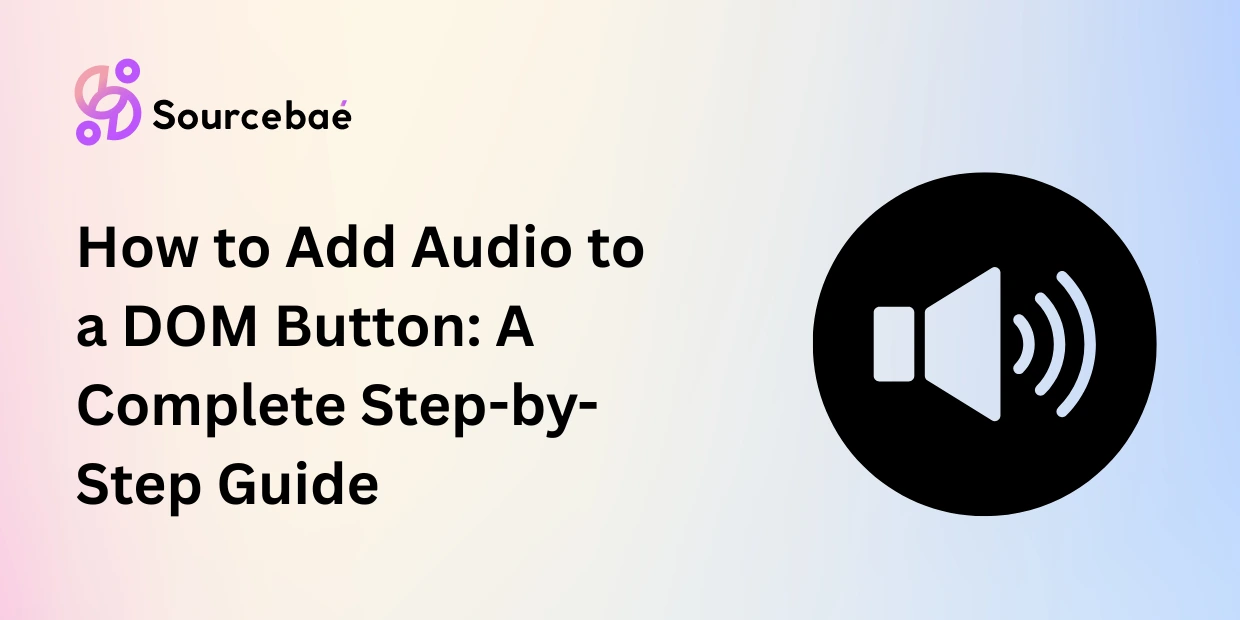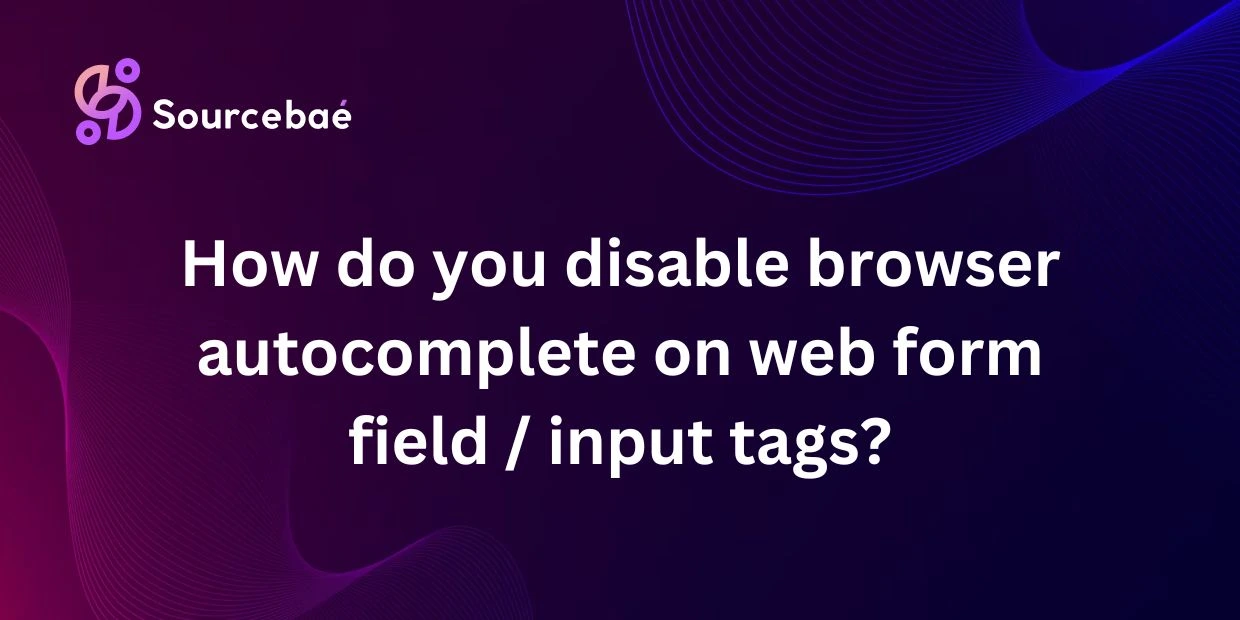Web development has evolved significantly over the past few years, and front-end development has become a crucial part of it. With the advent of responsive design, mobile-first approach, and dynamic web applications, front-end developers have to work with a lot of different tools and technologies to create modern, user-friendly interfaces.
Front-end frameworks are an essential tool for developers who want to build robust, scalable, and responsive web applications quickly. These frameworks provide a set of pre-designed components, layouts, and styles that developers can use to create UIs without worrying about design or browser compatibility issues.
Top 5 Front-end Frameworks to Build Modern Web Applications
In this blog, we’ll take a look at the top 5 front-end frameworks that developers can use to build modern web applications.
React.js
React.js is a popular front-end framework developed by Facebook. It’s a component-based library that allows developers to build dynamic UIs quickly. React.js uses a virtual DOM that allows for faster updates and renders the UI efficiently. The framework is also highly customizable, and developers can create their own components or use existing ones from the vast React.js community.
Angular
Angular is a full-featured front-end framework developed by Google. It uses TypeScript, a superset of JavaScript that provides better type-checking and static analysis. Angular has a robust set of features, including two-way data binding, dependency injection, and a powerful template system. The framework is also highly scalable and can be used to build large-scale web applications.
Vue.js
Vue.js is a progressive front-end framework that’s gaining popularity among developers. It’s lightweight, easy to learn, and has a small API footprint. Vue.js allows for fast rendering, and its template-based syntax makes it easy to build complex UIs. The framework also has a large and growing community that provides support and contributions.
Bootstrap
Bootstrap is a popular front-end framework developed by Twitter. It’s a responsive and mobile-first framework that provides a set of CSS and JavaScript components for building UIs. Bootstrap is easy to use and has a wide range of features, including grids, forms, navigation, and typography. The framework also provides a customizable theme that allows developers to create unique designs.
Materialize
Materialize is a front-end framework based on Google’s Material Design principles. It provides a set of pre-designed components and styles that follow the Material Design guidelines. Materialize is easy to use, and its responsive grid system allows developers to create layouts that work on different screen sizes. The framework also includes JavaScript components like modals, tabs, and collapsible menus.
Conclusion
Front-end frameworks are essential tools for modern web development. They provide a set of pre-designed components and styles that make it easier for developers to build responsive and scalable web applications. The frameworks we’ve discussed in this blog are just a few of the many available options, but they’re a great place to start for developers who want to build modern, user-friendly interfaces.
If you’re looking to hire a front-end developer, be sure to check out the skills and experience of the candidates. You should also ask them about their experience with front-end frameworks. A good front-end developer will be able to use the frameworks you need to build your web application.
Hiring a front-end developer is an important decision. By taking the time to find the right candidate, you can ensure that your web application will be built with the best possible skills and experience.






